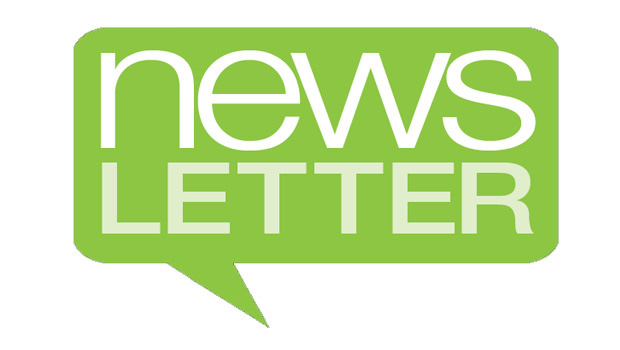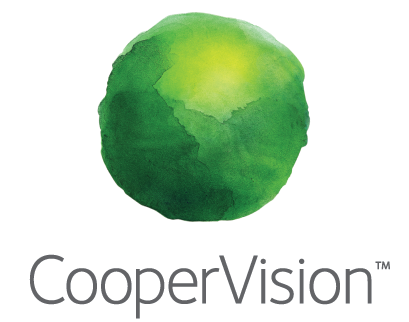

By Milissa Stone, SNAPP Board member, Grand Junction, Colorado
You can bet on the three Es during our SNAPP National Meeting: education, experience and engagement. It provides members terrific opportunities to take part in CE and practice management education to help you improve patient care and grow your business; gain experience from industry leaders on new products, equipment and services; and engage with other SNAPP members and Pearle professionals. This year, the meeting will be held during Vision Expo West, Sept. 18-20.
Content at a SNAPP meeting is always important; the Board ensures that we bring in top speakers with great content. But those sessions are supplemented and complemented by the chance to talk with other SNAPP LOs. It’s a unique setting in which you can share and learn business knowledge from people who understand your business like no one else does. It’s also a chance to reconnect with SNAPP professionals from around the country with whom we connect one or two times per year.
When I attend SNAPP meetings, I aim to gather as many new ideas as possible. I talk with LOs from stores that are larger than mine so that I have a sense of the kinds of procedures I might want to introduce as I grow. My pickup from the March meeting in New Orleans, Louisiana, was to consider adding technicians. I asked many others how using techs with their doctors has helped improve the flow of the day.
I also make it a point to connect with newer LOs because SNAPP is such a collegial group. SNAPP members have been so generous to me over the years with their business advice and time, and I’m happy to help shorten the learning curve for others.
At SNAPP meetings, I’m in charge of the Meet Your Fellow Operator Hour. Those of you who have been before know that these events are aimed to get attendees to mix it up with people they don’t already know. It’s an organized and comfortable way of mingling with other attendees. It’s just one of the many ways that SNAPP meetings are more than the sum of their parts. They’re a true experience.
Register now on our redesigned website. There are many great features there—see story below—but look first for the orange Register button on the top right of the page. Room registration information pops up after users complete the registration process. Also visit snappgroup.org/las-vegas-2019/ regularly for meeting and program updates.
See you there.

Website Redesign Puts SNAPP Information at Your Fingertips
Visit the redesigned SNAPP website for easier navigation, a more appealing layout and more information about SNAPP.
Learn about SNAPP by visiting the About Us page; you can meet the board members here.
Read more about the vendors who support SNAPP and its mission and see what special offers are available for SNAPP members.
The website will also provide regular updates to the SNAPP National Meeting to be held Sept. 18-20, 2019, in Las Vegas. You can register for the meeting and hotels on the site, too.

Upcoming Webinar
ABB OPTICAL GROUP is offering the second webinar in it Building and Growing Your Specialty Contact Lens Practice series. On Thursday, June 13, from 9-10 p.m. EST. Thomas Quinn, OD, MA, FAAO, will speak will present Getting the Most out of Presbyopic Contact Lens Options. Register here. Recordings of delivered webinars in the series are available for viewing at the same website.

Tip of the Month from AmCheck
Q: My employee told me that he is having dizzy spells that make it impossible to do some of his job duties. What steps should I take now?
Answered by The HR Pros at Amcheck: As a company with 15 or more employees, you are subject to the Americans with Disabilities Act (ADA). Under the ADA, employers must provide reasonable job accommodations for workers with disabilities unless such accommodations would impose an undue hardship on the business. When an employee makes you aware of a potential medical condition, you should begin the ADA interactive process. Simply put, the ADA interactive process is a series of conversations or communications between the employer and the employee to help the parties assess and address an employee’s need for a reasonable accommodation under the ADA in order to continue to perform the essential functions of the job.
Open a dialogue with the employee as soon as possible about what accommodations he may need. Don’t make any promises about what you can do at this point. This is an opportunity for you to collect the information you will need to decide what the company can and cannot reasonably provide. As part of the interactive process, you should:
• Analyze the specific job position involved to determine its purpose and essential job functions;
• Identify the employee’s precise limitations and collect supporting medical documentation; and
• Explore the possible accommodations and assess whether those accommodations would be effective and reasonable.
For this situation, you will likely want to look into whether the duties that the employee cannot do are essential to his job. If they are, you will want to explore possible accommodations such as finding a way that he could sit to complete the tasks (if standing increases the dizziness, for example). The employee himself may have some suggestions for a reasonable accommodation.
Document your discussions with this employee and any actions that you take and why. Having records of your good faith efforts to accommodate the employee may provide you with protection should you ever be challenged in regards to your actions concerning this employee.
Ultimately, your goal under the ADA is to find a way for the disabled employee to continue to contribute to your operations while accommodating the restrictions resulting from his disability. There may be situations where the only accommodations possible would cause significant difficulty or expense for the business. In those cases, there may be no way for the employee to continue to work at your company. Any consideration of termination, however, should be reserved until after you have completed the ADA interactive process.

Pulling Benefits Pre-Exam Saves ODs Time and Money
Humans are motivated by instinct and natural reactions. For example, we are naturally playful. We use language to communicate and gossip. We tend to use meals as a social function. Most optometrists internally groan when someone asks why they were charged for a contact lens fitting.
Another instinct that we follow is only making decisions when we feel informed. A lack of information tends to lead to no decision rather than a bad decision. So a great way to naturally increase your quality of care and overall revenue is to ensure that the benefit information is available to both yourself and the patient. If you have information and the patient has information, decisions get made.
So, let’s explore how to pull benefits from a medical payer prior to the exam.
Routine vision benefit
Routine vision exams billed to a medical insurance can reimburse you two to three times what the same service billed to an managed vision care (MVC) payer would. There are many plans on these policies that cover this preventative service. You can’t “double dip” and bill the same service to two different insurance companies, but you certainly can choose between the two. When pulling a routine vision benefit, make sure the information you’re acquiring is for a comprehensive eye exam rather than a screening at a general practitioners office. For example, when the patient has UHC, be sure to look for the words “including refraction.” This is your tipoff that the benefit is for CEE.
Specialist office visit and diagnostic testing
This benefit will cover any 99 or 92 EM code as well as any diagnostic testing where the code starts with a 9, such as VF (92081-92083), fundus photography (92250) or OCT (92133, 92134). This benefit is going to cover the vast majority of the testing you’d perform. You’ll probably notice that the copay for the routine eye exam is often the same as the co-pay for the specialist office visit. When this is the case, only one co-pay is to be collected.
Let’s look at an example:
Say a patient presents for a routine eye exam. You pull the benefits and find that there is a routine eye exam benefit on the medical policy with a $30 co-pay. Also, the benefit for specialist office visit and diagnostic testing is a $30 co-pay on the office visit, and testing is covered at 100%.
You perform the exam and find that the patient has peripheral retinal degeneration.
The services could be billed out to the medical payer like this:
In contrast, billing it out to a managed vision company payer like this:
The first scenario would have the patient paying a total of $30 and the practice generating total revenue of roughly $230. While the second scenario would have the patient paying $49, with the practice generating roughly $100 of revenue. Therefore, you make more money while the patient saves money. That’s a win-win!
Putting it into practice
The key here is to pull these benefits prior to the appointment if at all possible. Staff can usually get this done between patients or during slow times on the schedule. But in order to accomplish this, they need to get the policy information when the appointment is first scheduled rather than when the patient comes in for their actual appointment.
Keep in mind that your appointments won’t always unfold this way. Not every policy will have routine and not every patient will have a medical reason to perform fundus photography. However, applying this line of logic to the services you provide can help you generate more revenue and distinguish your practice from your peers.
If you have questions or want additional help with claim management in your practice, please contact Shane Shepherd at sshepherd@visionweb.com.









